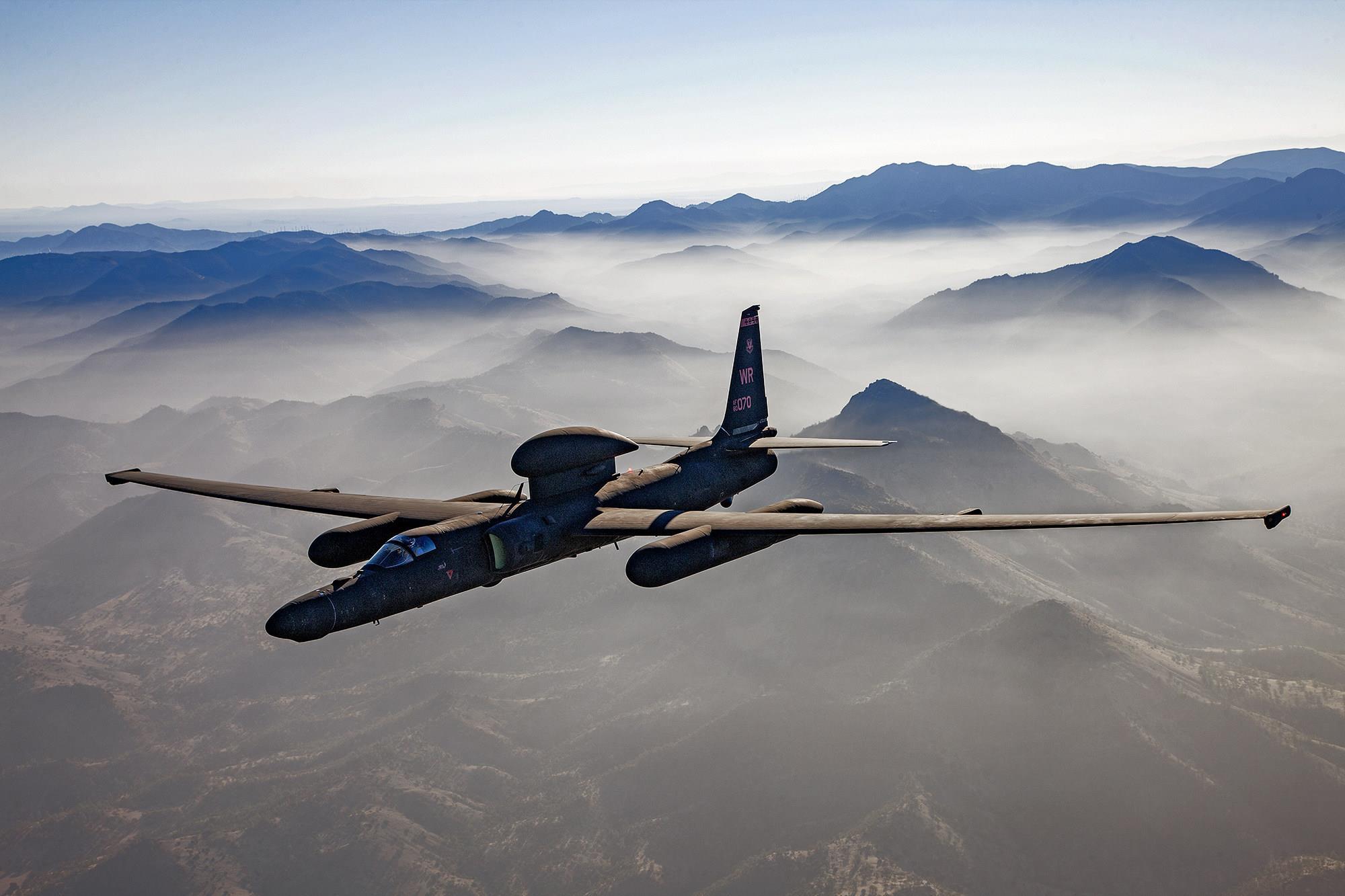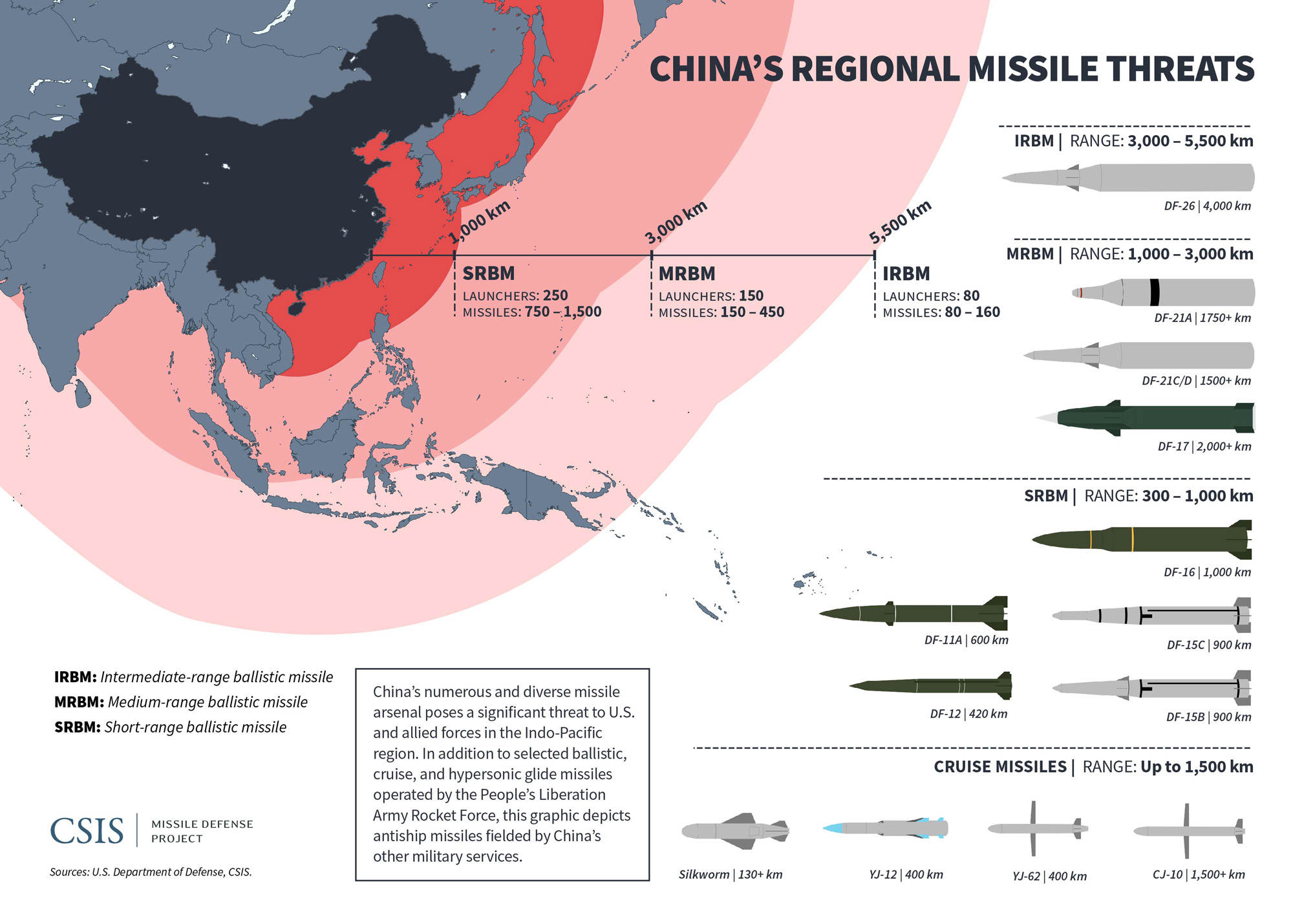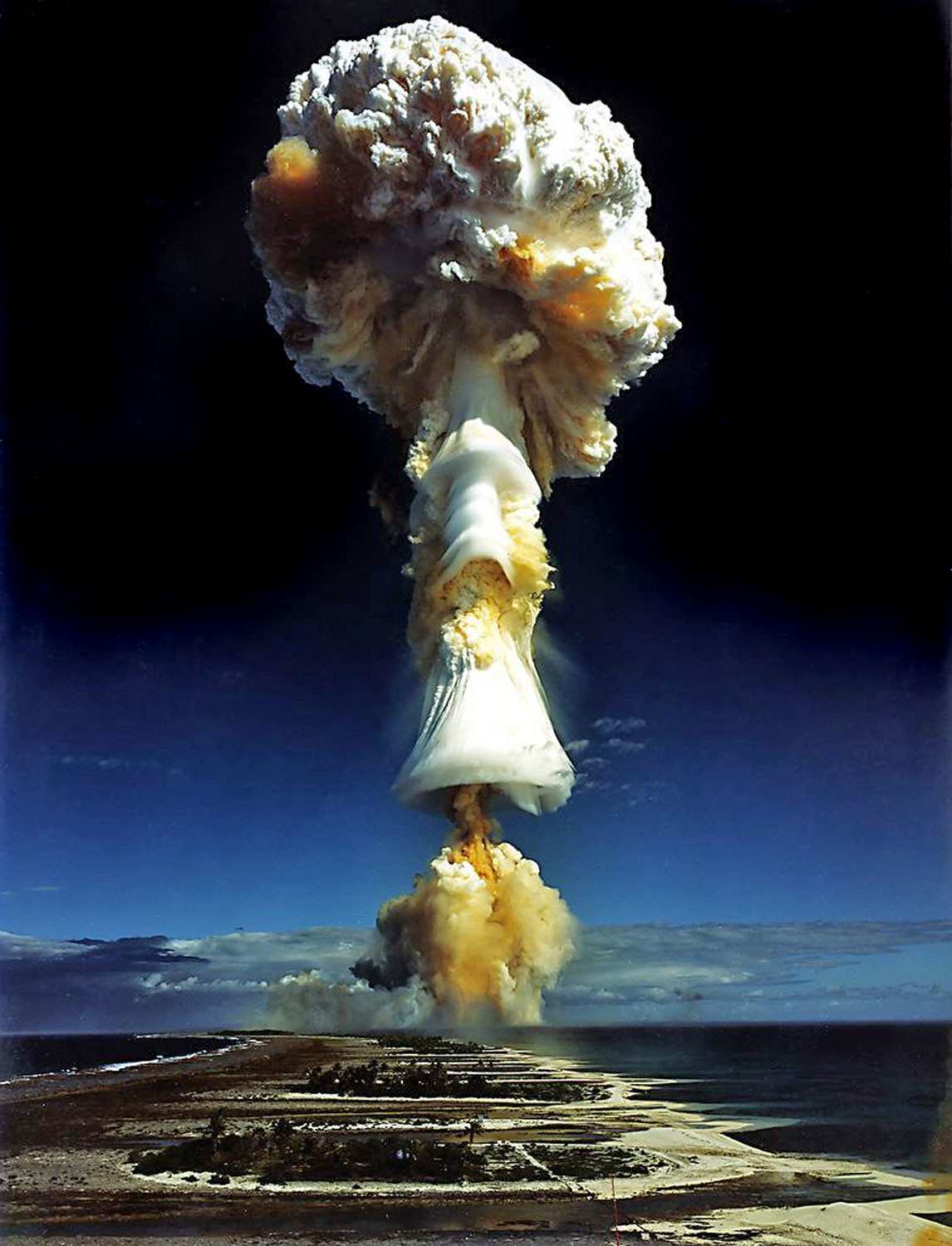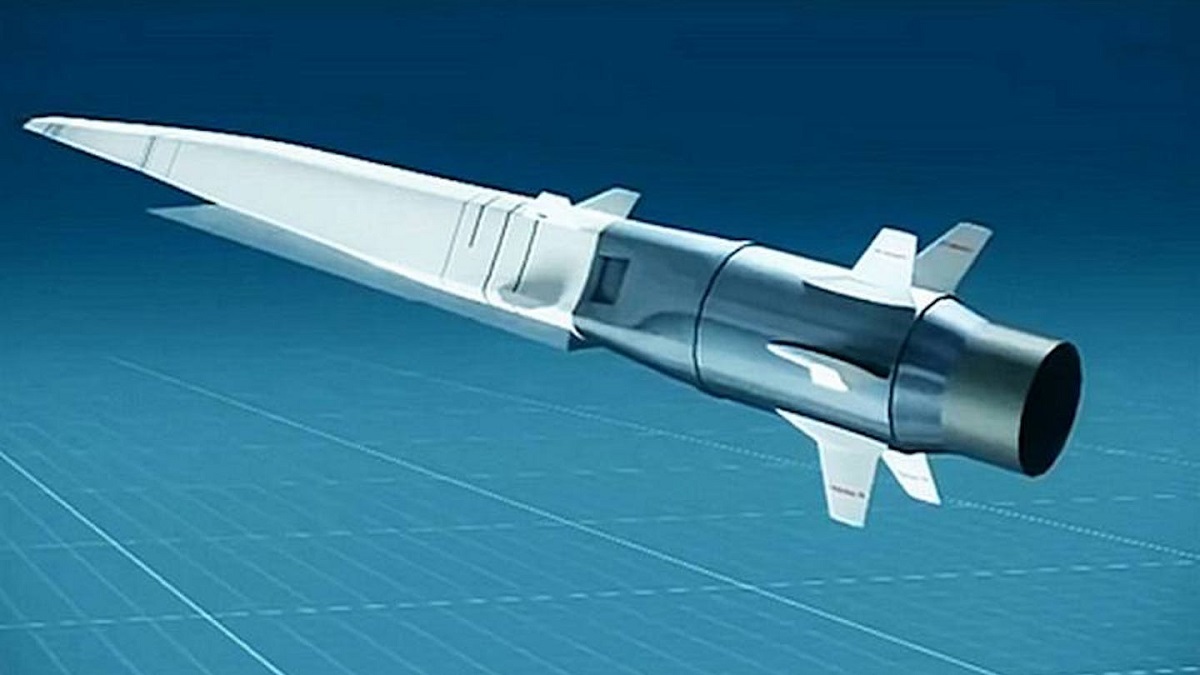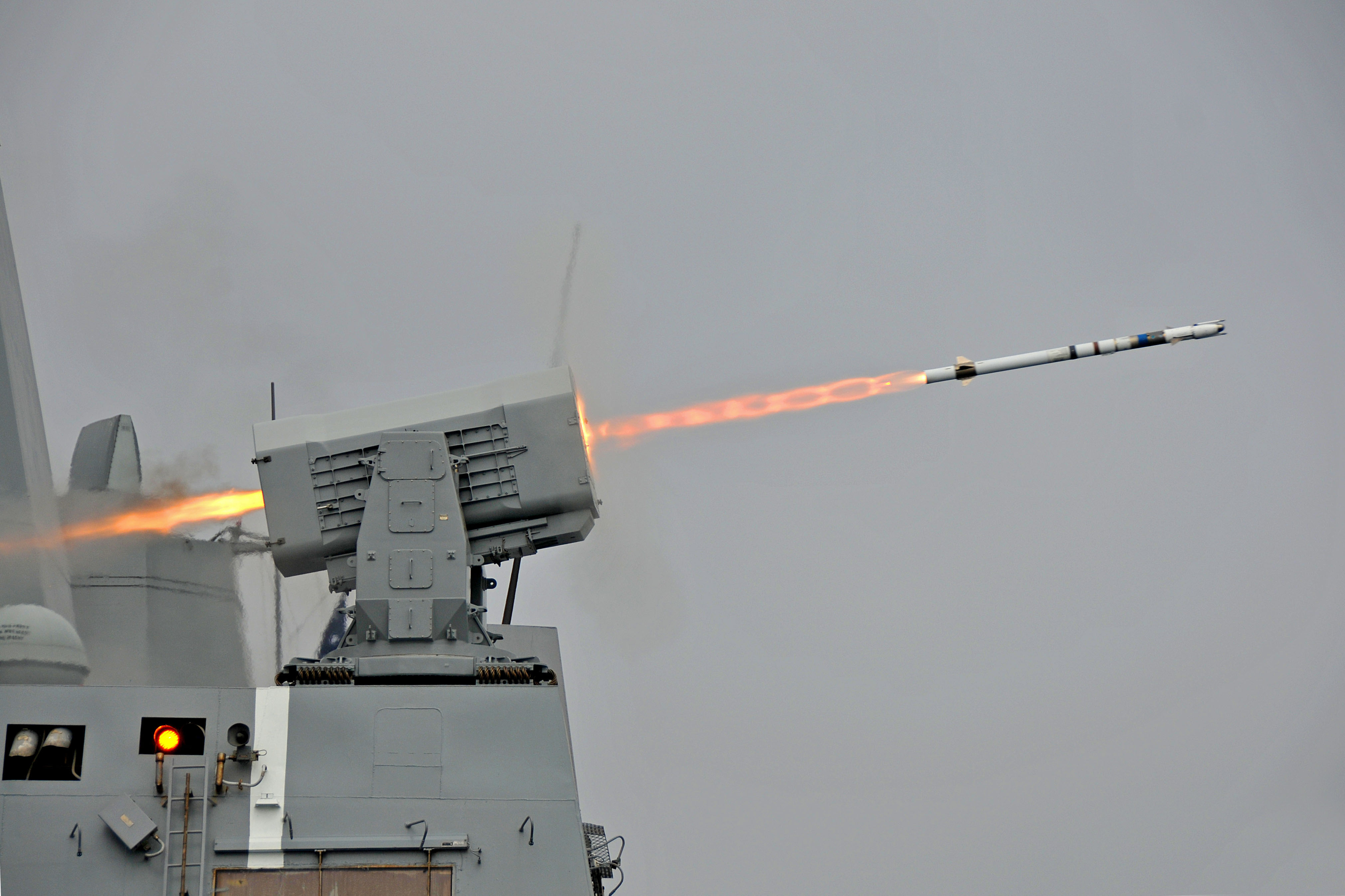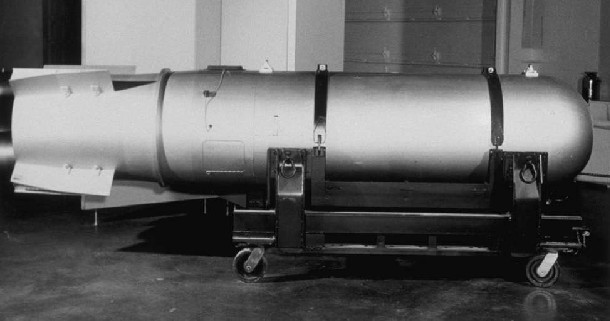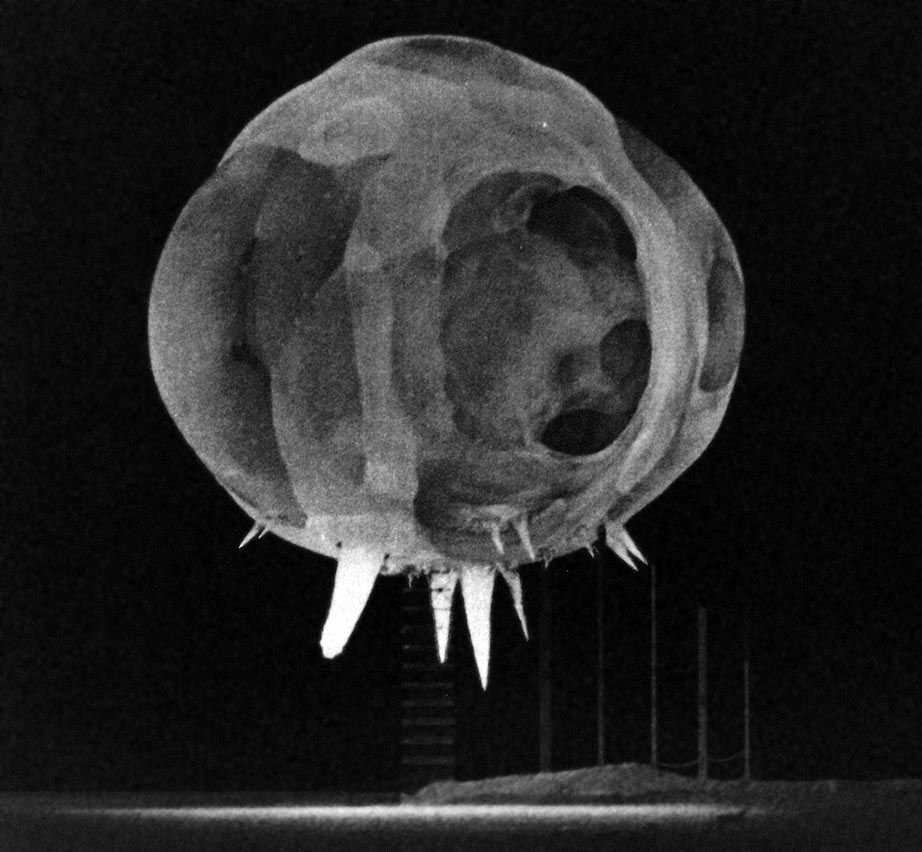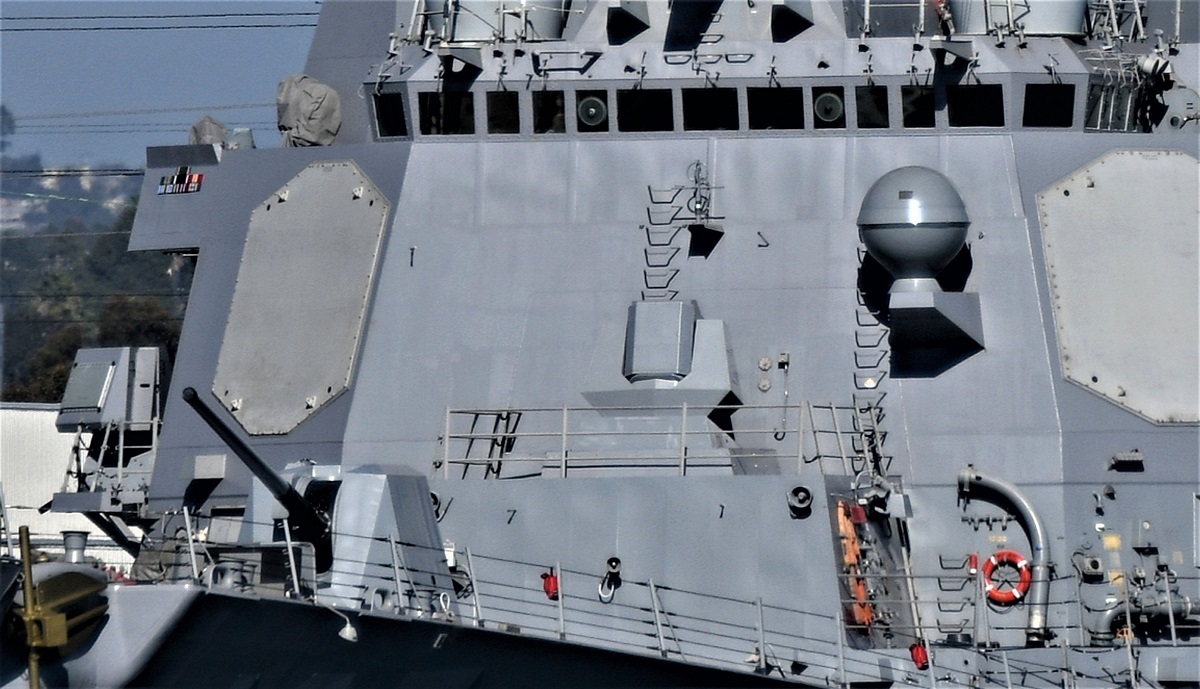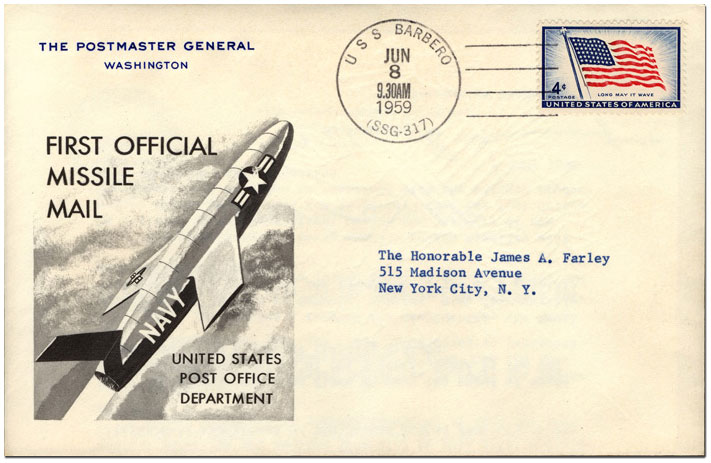Winston
Lorenzo von Matterhorn
- Joined
- Jan 31, 2009
- Messages
- 9,560
- Reaction score
- 1,748
Navy Super Hornet Conducts First Guided Launch Of Impressive 'Stormbreaker" Miniature Bomb
The testing milestone comes amid difficulties and delays that have pushed back Air Force plans for the weapon and temporarily halted its production.
JUNE 15, 2020
https://www.thedrive.com/the-war-zo...nch-of-impressive-stormbreaker-miniature-bomb
Raytheon says that a U.S. Navy F/A-18E/F Super Hornet has successfully conducted a guided release of a GBU-53/B StormBreaker glide bomb for the first time. The test comes as deliveries of these bombs to the Navy, as well as the U.S. Air Force, have been halted for months over a number of issues, including the premature failure of clips that help prevent its folding tail fins from springing open and inadvertently, potentially damaging the aircraft carrying them.
The Massachusetts-headquartered defense contractor publicly announced the flight test on June 15, 2020, but did not say when or where it had taken place specifically. The Air Force is also in the process of integrating the GBU-53/B onto its F-15E Strike Eagles, and the weapon is also slated to get added to the arsenal of all three F-35 Joint Strike Fighter variants, which will be able to carry them internally.
"StormBreaker is the only weapon that enables pilots to hit moving targets during bad weather or if dust and smoke are in the area," Cristy Stagg, the StormBreaker program director at Raytheon's Missiles and Defense division, said in a statement. "Super Hornet pilots will be able to use poor visibility to their advantage when StormBreaker integration is complete."
The GBU-53/B, previously known as the Small Diameter Bomb II, has these capabilities thanks to a robust multi-mode guidance system. The bomb can find its mark, on land or at sea, using an imaging infrared seeker or millimeter-wave radar, or by using semi-active laser-homing to zero in on the target.
GBU-53/B
https://en.wikipedia.org/wiki/GBU-53/B
About 105 pound of the SDB II is an explosive warhead which encompasses a "blast-frag" capability and a "plasma-jet" technology designed to pierce enemy armor, White explained.
The SDB II also has the ability to classify targets, meaning it could for example be programmed to hit only tanks in a convoy as opposed to other moving vehicles. The weapon can classify tanks, boats or wheeled targets, White added.
Warhead: 105 lb (48 kg)
Operational range:
69 miles (110 km), 45 miles (72 km) against moving targets
Guidance system:
Millimeter wave Active radar homing / Semi-active laser guidance / Infrared homing (using an uncooled imaging infrared camera) / GPS coupled Inertial guidance / Data-link



The testing milestone comes amid difficulties and delays that have pushed back Air Force plans for the weapon and temporarily halted its production.
JUNE 15, 2020
https://www.thedrive.com/the-war-zo...nch-of-impressive-stormbreaker-miniature-bomb
Raytheon says that a U.S. Navy F/A-18E/F Super Hornet has successfully conducted a guided release of a GBU-53/B StormBreaker glide bomb for the first time. The test comes as deliveries of these bombs to the Navy, as well as the U.S. Air Force, have been halted for months over a number of issues, including the premature failure of clips that help prevent its folding tail fins from springing open and inadvertently, potentially damaging the aircraft carrying them.
The Massachusetts-headquartered defense contractor publicly announced the flight test on June 15, 2020, but did not say when or where it had taken place specifically. The Air Force is also in the process of integrating the GBU-53/B onto its F-15E Strike Eagles, and the weapon is also slated to get added to the arsenal of all three F-35 Joint Strike Fighter variants, which will be able to carry them internally.
"StormBreaker is the only weapon that enables pilots to hit moving targets during bad weather or if dust and smoke are in the area," Cristy Stagg, the StormBreaker program director at Raytheon's Missiles and Defense division, said in a statement. "Super Hornet pilots will be able to use poor visibility to their advantage when StormBreaker integration is complete."
The GBU-53/B, previously known as the Small Diameter Bomb II, has these capabilities thanks to a robust multi-mode guidance system. The bomb can find its mark, on land or at sea, using an imaging infrared seeker or millimeter-wave radar, or by using semi-active laser-homing to zero in on the target.
GBU-53/B
https://en.wikipedia.org/wiki/GBU-53/B
About 105 pound of the SDB II is an explosive warhead which encompasses a "blast-frag" capability and a "plasma-jet" technology designed to pierce enemy armor, White explained.
The SDB II also has the ability to classify targets, meaning it could for example be programmed to hit only tanks in a convoy as opposed to other moving vehicles. The weapon can classify tanks, boats or wheeled targets, White added.
Warhead: 105 lb (48 kg)
Operational range:
69 miles (110 km), 45 miles (72 km) against moving targets
Guidance system:
Millimeter wave Active radar homing / Semi-active laser guidance / Infrared homing (using an uncooled imaging infrared camera) / GPS coupled Inertial guidance / Data-link





